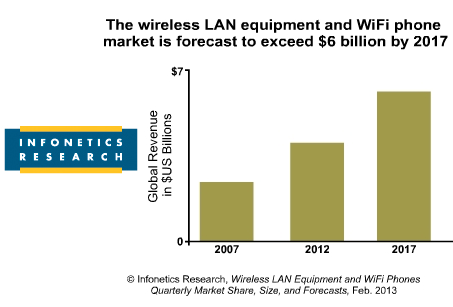IBM announced a commitment to base all of its cloud services and software on an open cloud architecture.
IBM said this commitment would help ensure that "innovation in cloud computing is not hampered by locking businesses into proprietary islands of insecure and difficult-to-manage offerings." Without industry-wide open standards for cloud computing, businesses will not be able to fully take advantage of the opportunities associated with interconnected data, such as mobile computing and business analytics.
"History has shown that open source and standards are hugely beneficial to end customers and are a major catalyst for innovation," said Robert LeBlanc, IBM senior vice president of software. “Just as standards and open source revolutionized the Web and Linux, they will also have a tremendous impact on cloud computing. IBM has been at the forefront of championing standards and open source for years and we are doing it again for cloud computing. The winner here will be customers, who will not find themselves locked into any one vendor -- but be free to choose the best platform based on the best set of capabilities that meet that needs."
As the first step, IBM unveiled a new private, enterprise cloud offering based on OpenStack.
The new software, called IBM SmartCloud Orchestrator, gives clients greater flexibility by removing the need to develop specific interfaces for different cloud services. With the new software, companies can quickly combine and deploy various cloud services onto the cloud infrastructure by lining up the compute, storage and network resources with a graphical interface.
In addition, IBM also announced new versions of software that use open standards to help companies better monitor and control their enterprise cloud deployments. For example, IBM SmartCloud Monitoring Application Insight helps businesses monitor the real-time performance and availability of applications hosted on a cloud and being delivered via the Web, hosted on public cloud platforms and IBM SmartCloud.
http://www.ibm.com/smartcloud
http://www.openstack.org




















